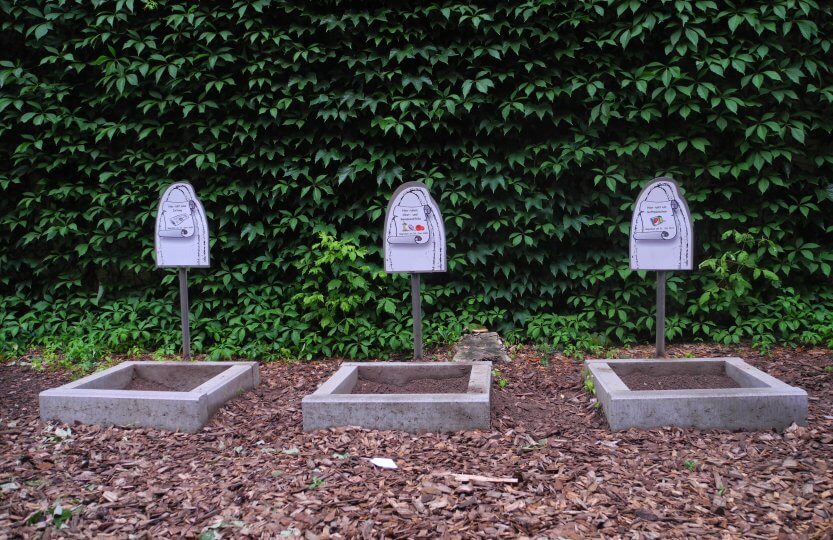8 small graves are neatly lined up in the corner of the garden. Each one furnished with a picture and a date of burial. Next to the graves, there lies a shovel, meant to dig into the graves. But this is not the scene of a desecration of a grave – you wouldn’t find corpses in the graves, but trash. Trash, buried ten, twelve, eighteen years ago. What will be left?
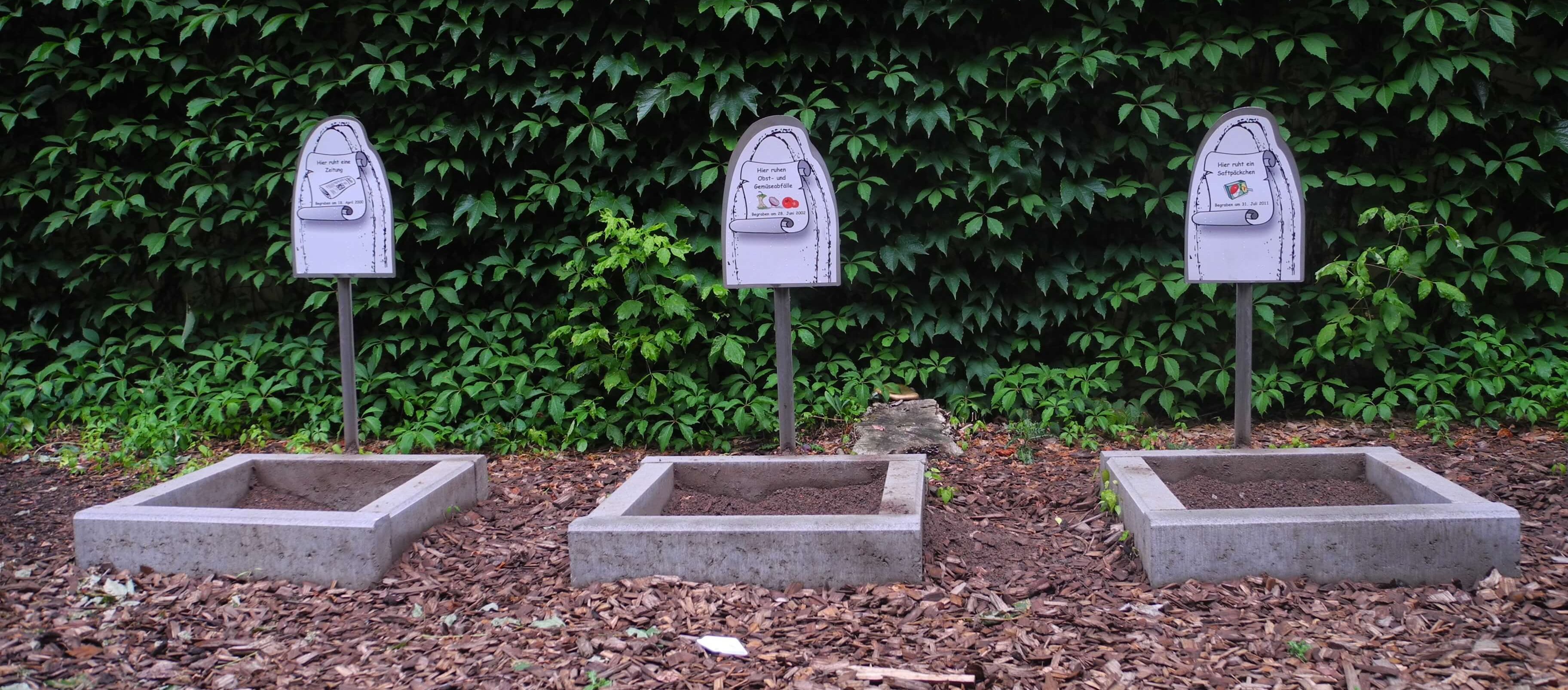
The trash cementary can be found in outdoor classroom of the waste-to-energy plant in Ludwigshafen, Germany (Gemeinschafts-Müllheizkraftwerk Ludwigshafen GmbH (GML)). Thanks to their environmental education concept, young people from kindergarten to senior grade can visit the GML and learn what happens with their trash, why it is important to separate waste and how it can be used to produce heat and energy. The concepts were developed by the University of Landau and adjusted to the different age groups: Kids from kindergarten learn the very basics of waste separation (how and why?), older children can study the operating principle of a steam engine. And one highlight is always the terrarium with living stick insects. Are they producing waste as well? What happens then? And who is brave enough to hold one?
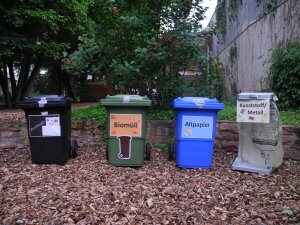

Learning how to separate waste. (Photo: Katharina Funk)
During their day at the GML, the visitors get a tour through the plant and learn how the waste can still be used and what happens with the leftover slag. 200 000 tons of waste, more precisely residual waste, are delivered every year – produced by 800.000 people. Up to 110 trucks are arriving every day, loading off the waste of Ludwigshafen but also of other near cities. The visitors get a chance to catch a glimpse into the refuse bunker and see the enormous cranes at work. They can also meet the crane operators and observe closely how they grab the waste and toss it into the combustion chamber. The waste is burned twenty-four hours a day, seven days a week, as it is quite expensive to shut the plant down. The temperatures in the oven reach up to 1000 °C – enough to burn plastic and aluminum, but not enough to melt iron. The emerging heat is then used to produce energy and district heat. Up to 70 million kWh can be produced in the plant every year – that is enough to provide 17500 average households (four persons) with energy. But besides energy also 60 000 tons of slag (i.e. the ash that is left over after burning) are produced every year. As there are still toxic substances left in the slag, it is quite hard to put it to a good use. A certain part is used for road construction, the rest has to be stored in huge landfills.
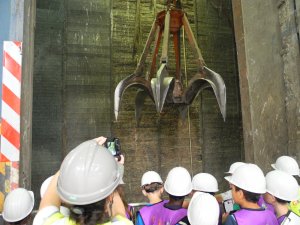
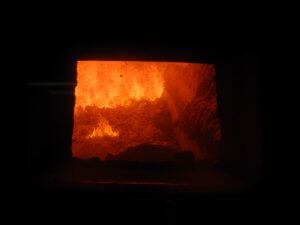
Inside the waste-to-energy plant: Refuse bunker and buring chamber. (Photo: Katharina Funk)
To reduce the amount of slag (that cannot really be used for anything else), it is on the one hand important to separate waste – because a lot of waste is recyclable. Organic waste can be put on a compost and or in a biogas plant. Plastic can be melted down and form new plastic-things. Paper can be reused as well. (By the way, a great way to preserve the environment is to buy recycled toilet paper.)
But it is also essential to reduce the amount of waste you are producing. Some things cannot be recycled and have to be burned. Currently, one third of the waste is turned into toxic slag. To avoid that, we all need to try to reduce our waste production.
“You want to tell me that earth is actually the poo of earthworms?”
Let’s come back to the trash cemetery. Visitors of the GML are allowed to dig in the graves and find out what happened with the waste. The younger children are always astonished when they can’t find anything in the grave of kitchen wastes. The newspaper from 2002 is gone as well. But the plastic bottle – having been in the earth for 18 years – is still there, almost unchanged, as well as the can and the shampoo bottle. It is an impressive sight, and we should keep this in mind, when going to the supermarket for the next time and have the choice between the cute snack-tomatoes in a plastic box or the loose egg tomatoes, still attached to the little green branch.
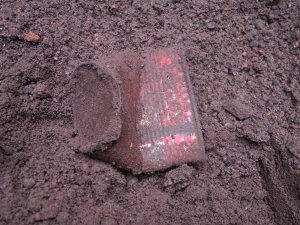
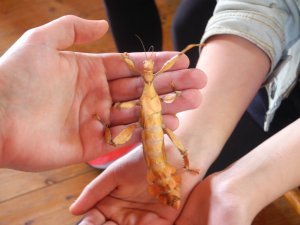
A can, buried in 2011 (left) and a ghost insect (right) . (Photo: Katharina Funk)
To not to choke in a giant mountain of waste and trash, we must change the way we consume. This article is the part of a series dealing with the chaotic and broad topic of waste. We want to give you different views on the topic and highlight ways how to reduce your personal waste generation. Find more articles here.

